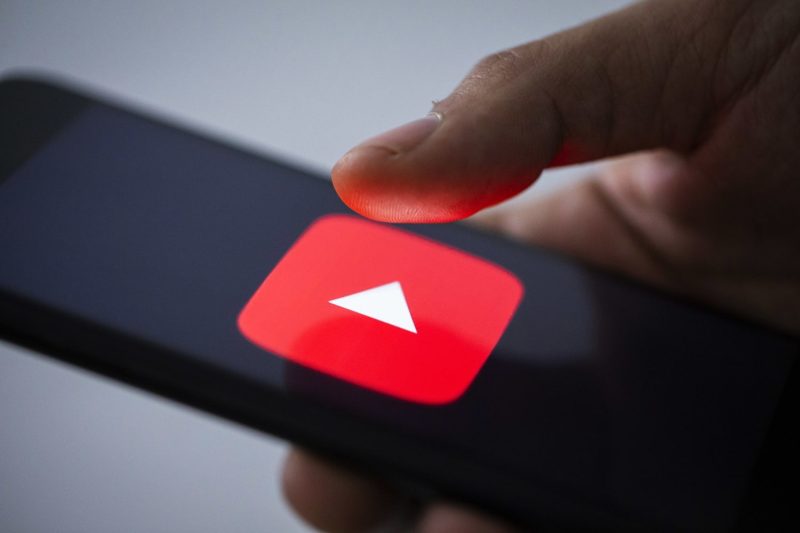In today’s fast-evolving digital landscape, YouTube has emerged as a dominant force in the living rooms of millions of households worldwide. This shift towards consuming content on YouTube over traditional TV has forced media companies to confront a critical question – Is YouTube a friend or a foe?
YouTube, owned by tech giant Google, has revolutionized the way people access and engage with content. With its vast library of videos spanning virtually every topic imaginable, YouTube has become a go-to destination for entertainment, education, news, and more. Its algorithmic recommendations and personalized playlists have made it easy for users to discover new content tailored to their interests, keeping them engaged for hours on end.
The allure of YouTube lies in its accessibility and diversity. Users can stream content for free, anytime and anywhere, on various devices, making it a favorite choice for cord-cutters and those seeking on-demand entertainment. The platform’s user-generated content also allows for a level of creativity and authenticity that traditional media struggles to replicate.
Media companies, on the other hand, are grappling with the disruptive impact of YouTube on their traditional business models. With audiences shifting towards online platforms, media companies are faced with the challenge of adapting their strategies to remain relevant and competitive in an increasingly digital landscape. Adapting to changing consumer preferences and behavior is crucial for media companies to survive and thrive in this new era.
On one hand, some media companies view YouTube as a friend, leveraging the platform as a powerful distribution channel to reach a wider audience and drive engagement. By partnering with popular content creators, media companies can tap into YouTube’s massive reach and influence to promote their content and brands effectively.
However, YouTube’s dominance also poses challenges for media companies, particularly in terms of revenue and control. The platform’s advertising model, while lucrative for some creators, has raised concerns about revenue sharing and fair compensation for media companies and content producers. Additionally, YouTube’s algorithms and policies can be unpredictable, leading to issues with demonetization, copyright infringement, and content moderation.
As media companies navigate the complex relationship with YouTube, finding a balance between collaboration and competition is key. Embracing the opportunities that YouTube offers in terms of reach and engagement while also diversifying revenue streams and maintaining creative control are essential for long-term success.
In conclusion, YouTube’s dominance in the living room presents both opportunities and challenges for media companies. By embracing digital innovation, adapting their strategies, and establishing mutually beneficial partnerships with platforms like YouTube, media companies can position themselves for success in a rapidly evolving media landscape. Whether YouTube is a friend or a foe ultimately depends on how media companies choose to navigate and leverage the changing dynamics of the digital age.
